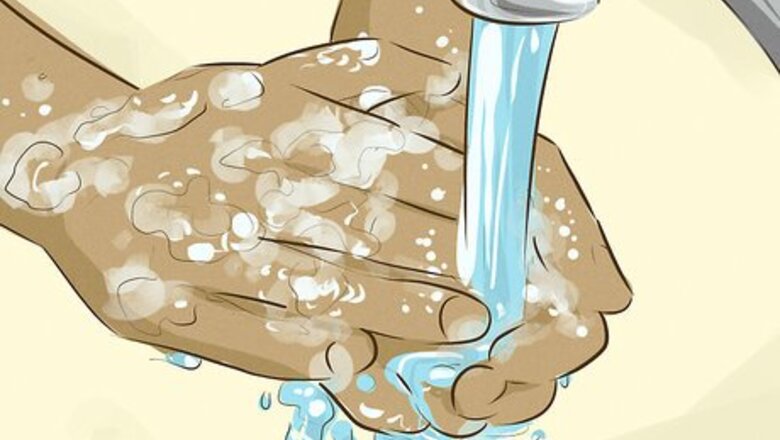
views
X
Research source
Performing a Home pH Test

Wash your hands. Before you begin, wash your hands thoroughly using soap and warm water. Rinse your hands completely, and dry them using a clean towel.
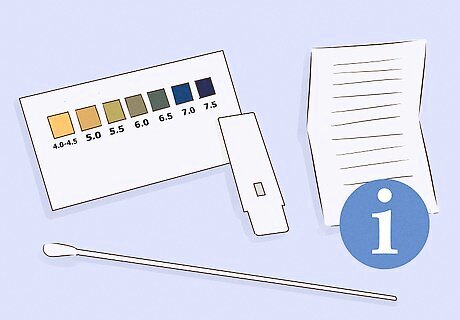
Remove the pH swab from its package and read the instructions. Do not let the pH paper come into contact with anything before use. Various test kits may have slightly different instructions, so it is always wise to review them before beginning your test. Test kits can be purchased at most pharmacies or online.
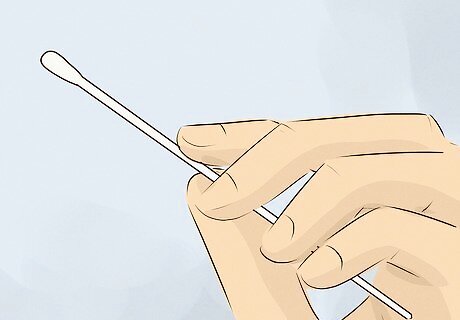
Hold the handle of the swab between your thumb and forefinger. Pinch the handle of the swab using your dominant hand. Carefully hold the handle so that the pH paper is facing the direction of your thumb.
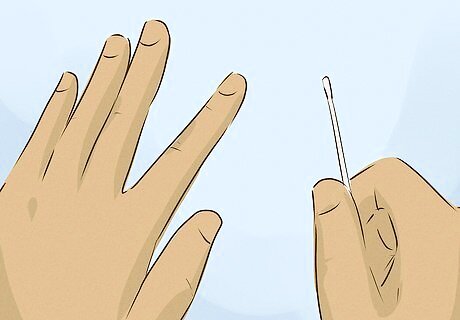
Use your free hand to open your vaginal folds. Position yourself in a comfortable sitting or squatting position, or stand with one leg up on the toilet. Spread your labia apart using your non-dominant hand to make for easier insertion of the test.
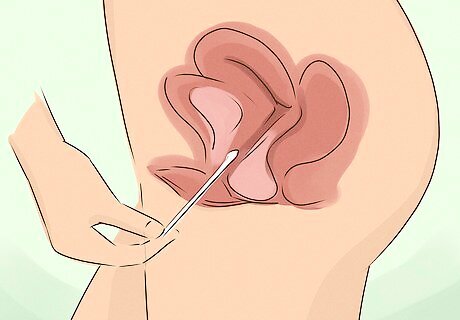
Insert the pH swab into your vagina. Gently slide the swab into your vagina. Continue sliding the swab inward until the opposite end of the swab handle touches the outside skin of your vagina.
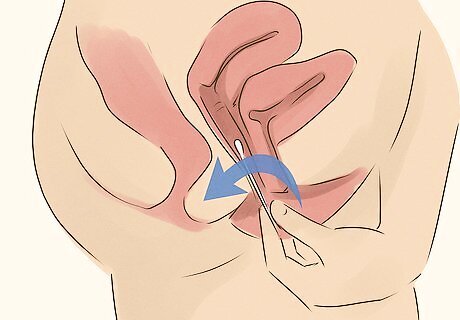
Tilt the swab so that the pH paper makes contact with your vaginal wall. Alter the direction of the swab until you feel the paper touch your body. Maintain this contact with your vaginal wall for 5 seconds. The side of the swab with the pH paper should be facing your thumb.
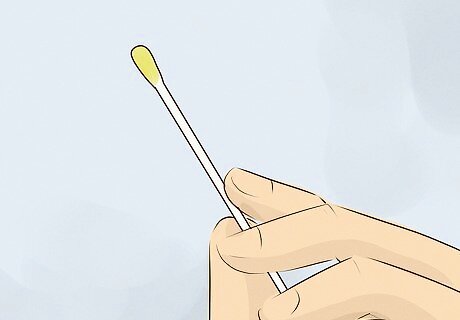
Remove the swab. Carefully, slide the swab out of your vagina. Once again, be careful not to touch the pH paper to anything prior to reading your results. You should be able to read your results immediately.
Evaluating Your Results

Hold the pH paper next to the color chart, if one was included. If your kit came with a color chart, hold your test swab next to it and find the color that matches. This color will tell you the numerical value of your vaginal pH. A normal vaginal pH can range from 3.5 to 4.5. A pH that is higher than this should be considered an abnormal result and may suggest a bacterial infection or Trichomoniasis. Consult your doctor for a diagnosis. Don’t be alarmed if the color of your strip does not exactly match any of the colors. Simply choose the closest shade.
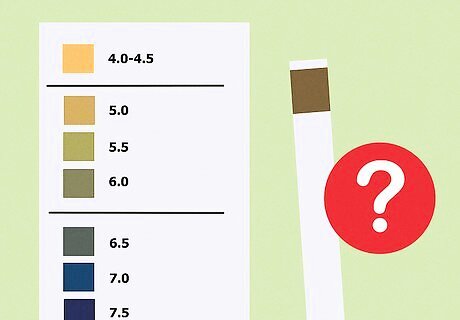
Look for a normal or abnormal result, if a color chart was not included. Certain test kits will not use a color chart to provide you with results. Instead, these test swabs will only read normal (beige/white) or abnormal (beige/white and blue/green). If you are using this type of test and your swab contains any blue or green, consider this an abnormal result.

Consider using a home antifungal treatment if your pH is normal. If you are showing symptoms of a vaginal infection, such as itching, burning, odor, or discharge, and you have a normal pH, chances are high that you have a yeast infection. If you have experienced a yeast infection before, you might use a home treatment kit. If this is your first yeast infection, it is best to consult your doctor.

Consult your doctor if your pH is elevated. An elevated pH level, particularly when combined with other symptoms, can be indicative of a bacterial infection. Bacterial infections, like BV or Trichomoniasis, are extremely common. If you are exhibiting vaginal symptoms and received an abnormal pH result, make an appointment with your doctor. Bacterial infections usually require prescription antibiotics and must be treated by healthcare professionals. Do not use a home antifungal treatment if you received an abnormal pH result.




















Comments
0 comment